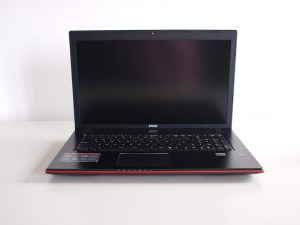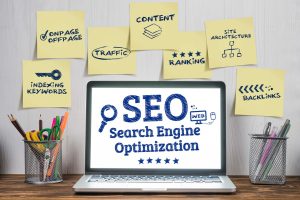AI Collaboration: Working Alongside Smart Machines
In the modern workforce, collaboration and teamwork are key components of success. With the rise of technology, specifically artificial intelligence (AI), the dynamics of collaboration are shifting. While some view AI as a potential threat to job security, the reality is that AI collaboration brings about numerous benefits for businesses and employees alike. In this article, we will explore the concept of AI collaboration and its impact on the workplace. We will also discuss how working alongside smart machines can enhance productivity, creativity, and innovation.
The Evolution of Collaboration
Collaboration has evolved significantly over the years, from traditional face-to-face interactions to remote teamwork facilitated by technology. With the advancement of AI, collaboration is now taking a new form. Rather than working with colleagues from other departments or locations, employees are now working alongside intelligent machines.
AI collaboration can take many forms. It can range from simple tasks such as chatbots assisting with customer service to complex tasks such as AI-powered systems analyzing large sets of data to provide insights and make predictions. This type of collaboration enables humans to work smarter and faster by leveraging the capabilities of AI.
Increased Efficiency and Productivity
One of the most significant advantages of AI collaboration is increased efficiency and productivity. Machines can process and analyze vast amounts of data in a fraction of the time it would take a human, thus freeing up employees’ time to focus on more critical tasks. This not only boosts productivity but also allows for the completion of projects that would have previously taken much longer to accomplish.
Moreover, AI-powered systems can also take on monotonous and repetitive tasks, which tend to be time-consuming and often lead to human error. By automating these tasks, employees can redirect their attention to more complex and stimulating tasks, leading to a higher level of job satisfaction and motivation.
Enhanced Creativity and Innovation
Contrary to popular belief, AI does not replace human creativity and innovation. Instead, it amplifies it. By working alongside smart machines, employees can explore new ideas and solutions, knowing that they have the support and assistance of AI to enhance their ideas.
Furthermore, AI can also provide valuable insights and predictions based on data analysis, allowing employees to make more informed decisions and drive innovation within their respective fields. This collaboration between humans and AI can lead to the development of groundbreaking products, services, and solutions that may not have been possible without the use of AI.
Collaborating with AI: The Future of Work
As technology continues to advance, AI collaboration is becoming more prevalent in various industries. Many experts predict that the future of work will involve humans collaborating with intelligent machines to achieve greater success and efficiency. This trend has already been observed in industries such as healthcare, finance, and manufacturing. With the integration of AI, these industries have seen significant improvements in efficiency, productivity, and innovation.
Moreover, AI collaboration also presents new opportunities for businesses to expand their reach and improve customer experience. With the help of AI, companies can quickly analyze customer data, personalize their offerings, and provide a better and more seamless customer experience.
In Conclusion
AI collaboration is not a threat to job security, but rather a tool that enhances human potential. With the implementation of AI in the workplace, employees can work smarter, faster, and more creatively. This collaboration between humans and smart machines not only brings about numerous benefits for businesses, but it also creates an exciting and dynamic work environment for employees. As a result, it is crucial for businesses to embrace AI collaboration and harness its potential to drive success and innovation in the modern workforce.








